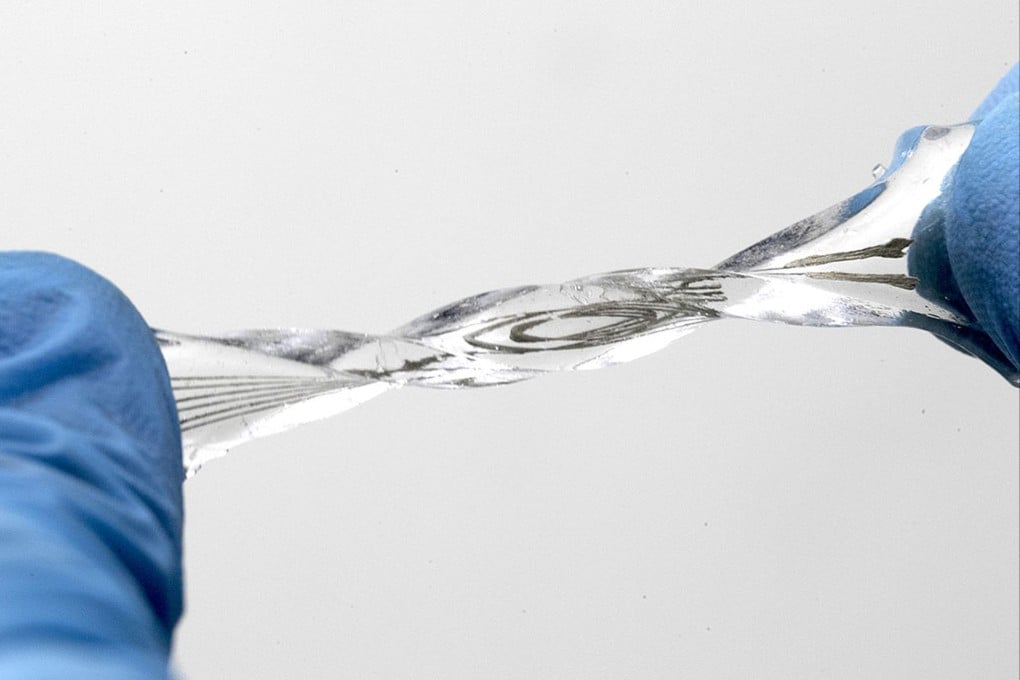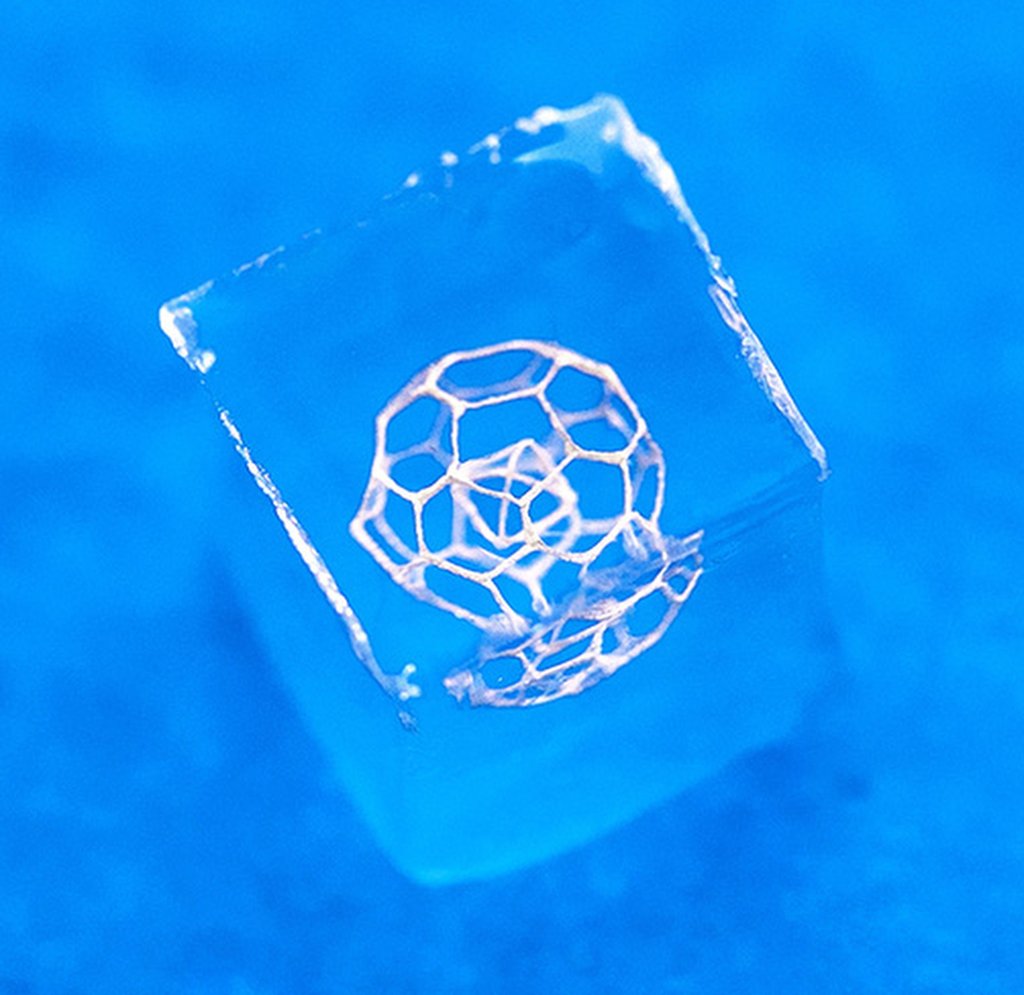Scientists 3D-print biomedical devices in study that may ‘open up new possibilities’
- Researchers say highly conductive printing ink can be used to create circuits in jelly-like hydrogel
- It can then be used for devices to monitor heart rate and stimulate nerves, according to the team

Radio-frequency identification (RFID) chips – used in credit cards and as pet microchips – could also be added to the jelly-like hydrogel to store information like medical records, according to the researchers.
“The tissue-like softness and high water content of hydrogel electronics render them highly promising for biomedical applications,” they wrote in an article published in the peer-reviewed Nature Electronics journal on Monday.

“The approach should, therefore, open up new design possibilities for soft, customisable, 3D hydrogel electronics for diagnostic and treatment devices,” the team in China and Singapore said.
First author Hui Yue, then a postdoctoral research fellow at Westlake University’s engineering school in Hangzhou, said 3D structures could be printed in free form in hydrogel – unlike traditional 3D printing where objects are built layer by layer.
“We can build circuits in a 3D space without external support,” said Hui, who is now a postdoctoral research fellow at the University of Adelaide in Australia.
Hydrogel is a network of hydrophilic polymers that holds a large amount of water and is similar to biological tissue. To make electronic devices out of hydrogels, they need to contain stretchy, conductive and other functional materials.